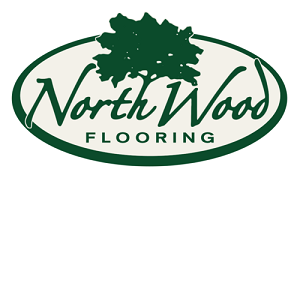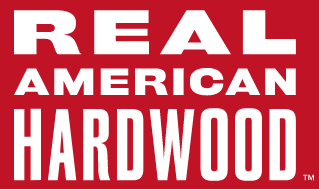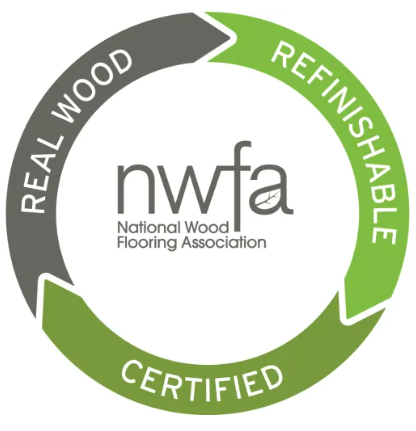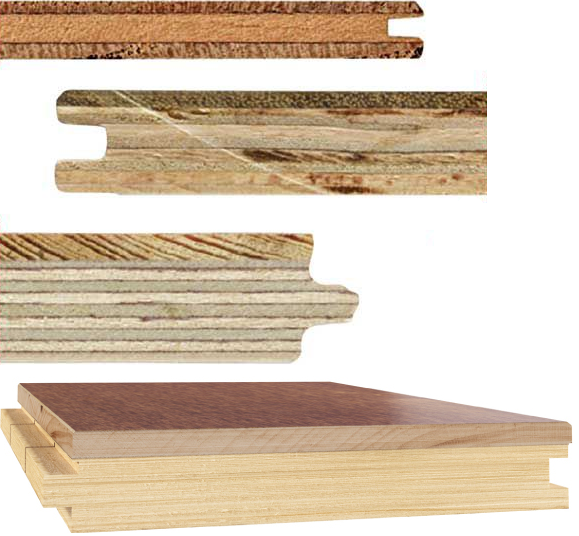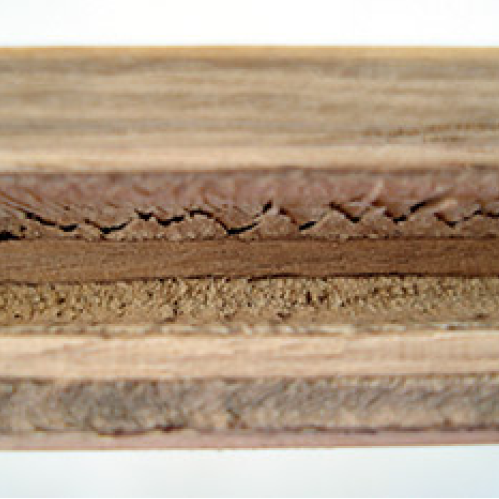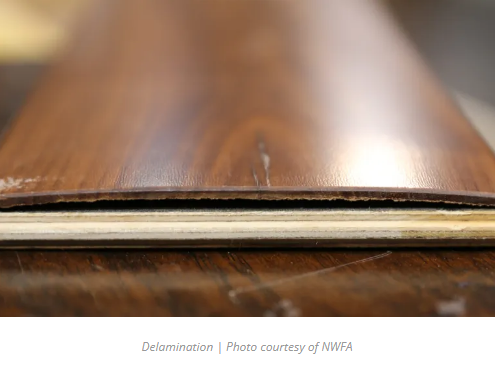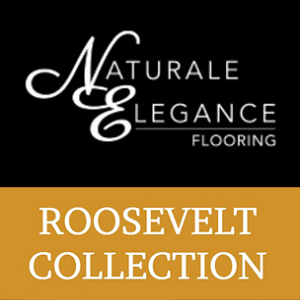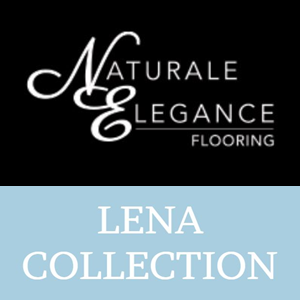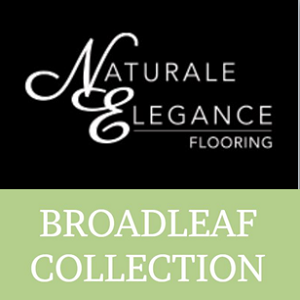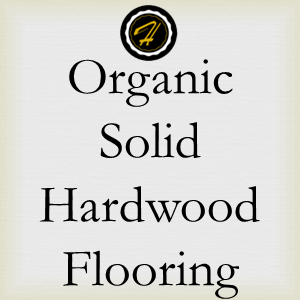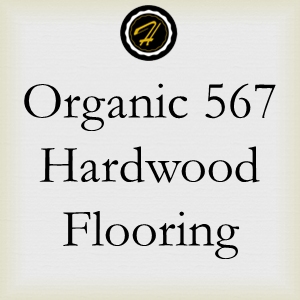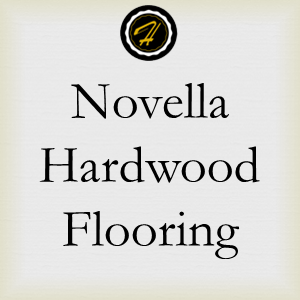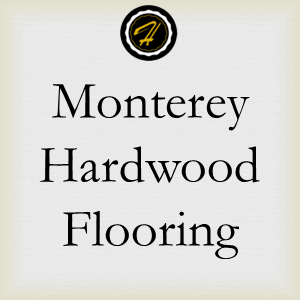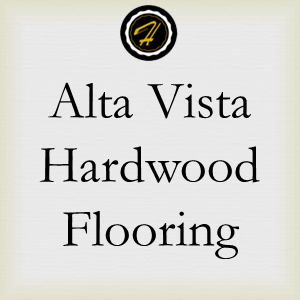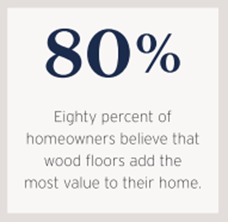
Episode 10 – The Value of Wood Floors
In today’s flooring market, there are a flood of products either calling themselves wood, replicate wood or have a paper-thin veneer that consider themselves ‘waterproof’ wood. How is the consumer to decipher what product is the best for their home?
In the recent past, lesser expensive products have made their way into the flooring market. Products like luxury vinyl plank splashed into the market with the look of wood at a low price point and the promise of a waterproof floor covering. Over the years, the manufacturers have seen performance issues with these low-cost platforms and have had to upgrade the core materials to withstand the variations in temperature and humidity that exists throughout the country. With this increased cost of raw materials, the price of these products has reached that of an actual wood floor.

Wood floors are in high demand among home buyers. In fact, 90 percent of real estate agents say that homes with hardwood floors are easier to sell, and 90 percent also say that homes with hardwood flooring tend to sell for up to 10 percent more than homes that don’t have it. Most other types of floor coverings are considered a necessity and do not increase the value of a home.
Homes with hardwood floors are not only easier to sell, but they also offer an average return on investment of around 147%. That’s because 54% of buyers are willing to pay more for hardwood floors if they are in good condition. With correct installation, proper maintenance, and refinishing, hardwood floors have the longest life span compared to other flooring materials. It’s an expense that most experts say is well worth it. While this may seem a little pricey for an initial investment, you must take into consideration the fact that these floors can outlive you.
In this article – Aging with Grace: The Sustainability of Wood Flooring – Libby Johnston (Publisher of the Hardwood Floors Magazine) and other hardwood flooring industry professionals talk about the Life Cycle of a wood floor, being able to Refinish Instead of Replace and the Sustainability of wood flooring. Partnering with other associations, research institutes, and consulting firms, the wood flooring industry is getting the word out to the consumer regarding the benefits of using wood instead of imitations.
As a consumer starts their hard surface research, whether online or in a store, it seems about 80% of the hard surface flooring products have a wood look. The industries “Real Wood. Real Life” marketing campaign sets out to help homeowners with the misconceptions about wood floors.
This is currently being done through print and electronic marketing campaigns. One well designed printed piece is ‘The Homeowner’s Handbook to Real Wood Floors’. Additional information on this campaign can be found by contacting the NWFA or read this article regarding its launch.
Partnerships like the NWFA and the Real American Hardwood Coalition look to educate consumers on the many benefits of using wood vs other types of floor coverings. Including information regarding why to choose hardwood, the multitudes of available hardwood species, info about wood’s sustainability and where else hardwood can be used on a project. Additional information can be found on their website… www.realamericanhardwood.com
Now that we understand some of the benefits of wood flooring, how do you weed through all the real wood flooring options? To clear up some of that confusion, the industry has classified wood flooring into three categories:
- Solid wood flooring is a solid piece of wood from top to bottom.
- Engineered wood flooring is real wood from top to bottom and is normally made using multiple wood veneers or slats of wood glued together at opposing directions.
- Composite engineered wood flooring contains real wood on the wearable surface only. The backing and core material may be made up of any type of composite material.
In the above-mentioned categories, there are variations that could add additional value to that category:
The ability to refinish a wood floor not only makes it a multi-generational product, but it also ensures it will never go out of style. The color and sheen can be updated during the remodeling process or to suit the taste of a new homeowner, providing a completely new look.
Whether a wood flooring product can be sanded and refinished would maximize its value. To clarify what can be sanded or not, the NWFA has recently launched its Engineered Wood Flooring Refinishable Program. The program is a voluntary certification program designed to identify engineered wood flooring products with wear layers thick enough to be refinished. Just as there are many wood look alikes, there are also engineered wood flooring products with very thin wear layers that should not be resanded.
In some cases, these thin wear layered products are being compared to a ¾” solid or engineered wood flooring with a sandable wear layer. When it comes to value, there is a big difference between a wood flooring that has a paper-thin wear layer that cannot be resanded, then one that can be resanded 1, 2 or even 5 times.
It has been said that a wood floor look alike (LVP/Laminate) may last about 10-15 years. A thinner engineered wood floor may last your lifetime. A solid or engineered wood floor with a sandable wear layer can last generations and could be sanded and stained a different color to suit your future generations or have that added value to the next homeowner.
What happens to all these products when they are at the end of their service life? As the carbon footprint conversation becomes more of a noteworthy topic in the production of a material, so does the ability to recycle it after its service life. Your wood look alikes will most of the time end up in a landfill since the mixed media the manufacturers have used to make them more stable, has caused the inability to be recycled. It will remain in the landfill for 100’s of years. As for a wood flooring product (if it has not been repurposed as a reclaimed decorative surface covering), they will decompose in 1-5 years. In the end, having a much greener overall story.
Quick links to products related to this episode…
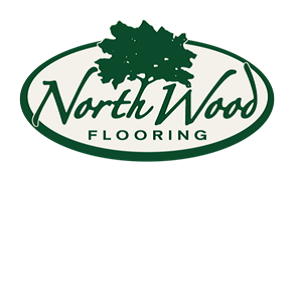
Northwood Prefinished Engineered
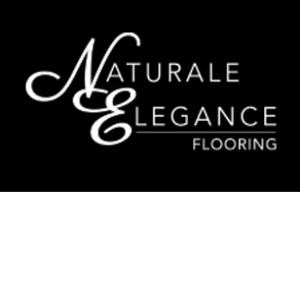
Naturale Elegance Prefinished
